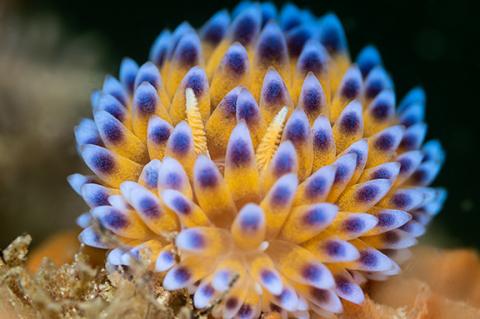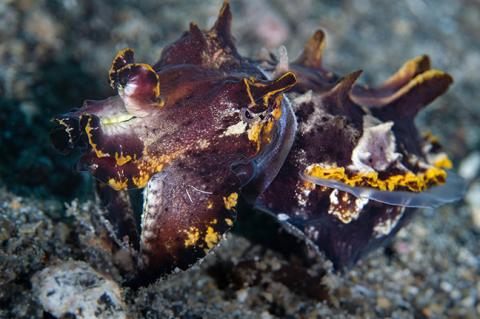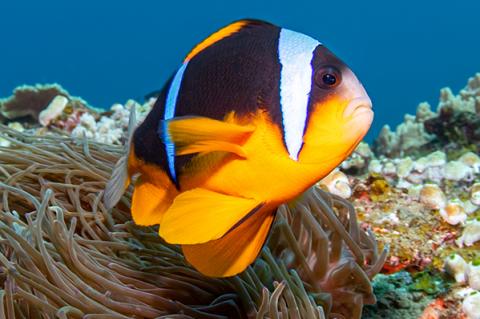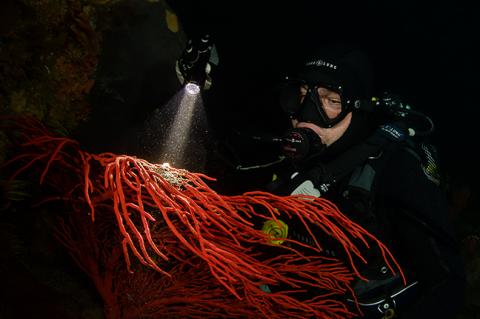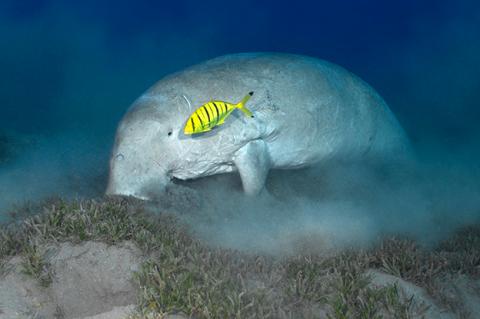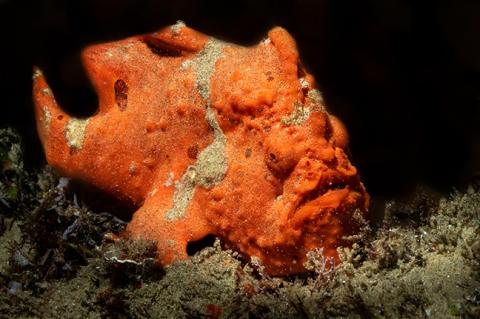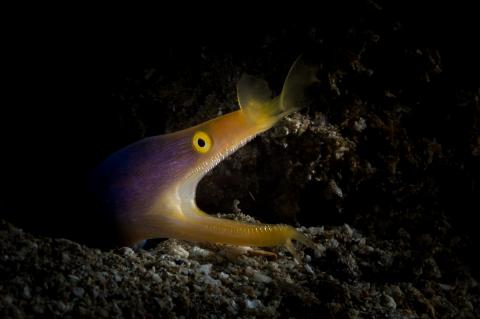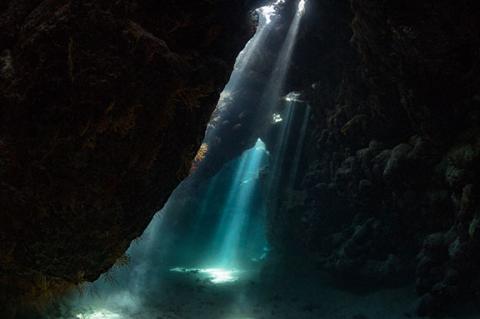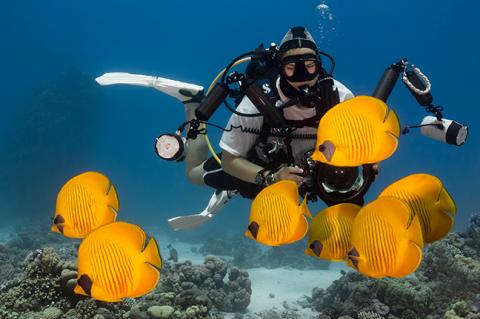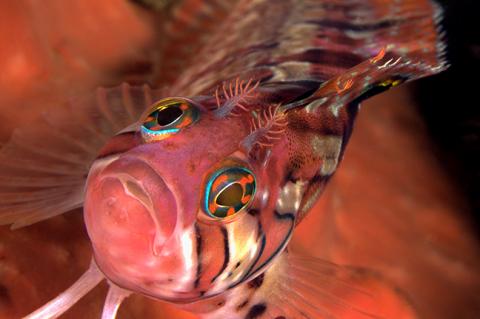Cape Town: Underwater Photography Off South Africa's Rugged Scenic Coast
Cape Town is a cosmopolitan, vibrant and modern city. Renowned for its beautiful landmarks of Table Mountain and the Cape Peninsula, Cape Town is a popular destination for divers who come to explore her colourful kelp forests, historic wrecks and glittering reefs.
The beauty of Cape Town stretches beyond the shoreline and beneath the waves, providing divers and underwater photographers a lively and fascinating playground with a beautiful backdrop to match.

